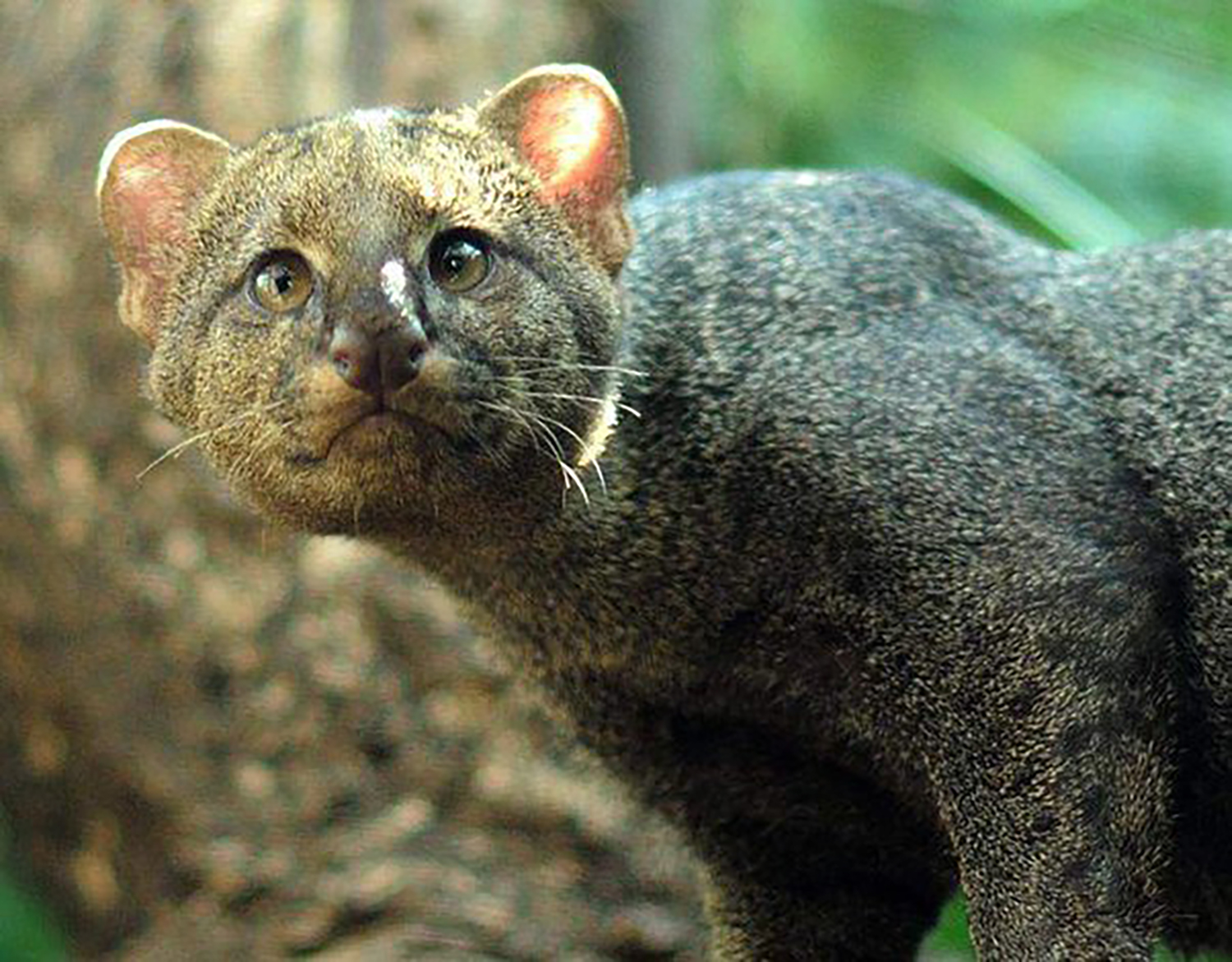
Are sloths really green? And why?
Yes, some sloths can appear greenish! This green coloration isn’t due to their fur pigment, but rather a fascinating symbiotic relationship they have with microscopic algae. Here’s the breakdown:
- Sloth Fur: Sloths have naturally coarse and long fur.
- Algae Paradise: These hairy coats provide a perfect habitat for a specific type of green algae called Trichophilus welckeri.
- Green Glow Up: The algae thrives in the sloth’s fur, growing amongst the grooves and cracks, giving the sloth a greenish tinge.
Benefits of the Green Partnership:
- Camouflage: The green color helps sloths blend in with the lush rainforest foliage, potentially offering some protection from predators.
- Extra Nutrients: Some theories suggest the algae might contribute additional nutrients through a symbiotic exchange, although this is still being researched.
Not All Sloths Go Green:
- It’s a Choice: Not all sloths actively cultivate algae growth. Some might have a less suitable fur structure or might groom more frequently, keeping the algae at bay.
- Species Variation: The three-toed sloths are more likely to have a greenish hue compared to two-toed sloths.
So, while sloths don’t have naturally green fur, their unique relationship with algae can give them a camouflage advantage and possibly some additional benefits. It’s a cool example of how nature finds fascinating ways for creatures to cooperate!
Have more sloth questions? We have more answers in our sloth FAQ.
More photos below ↓










